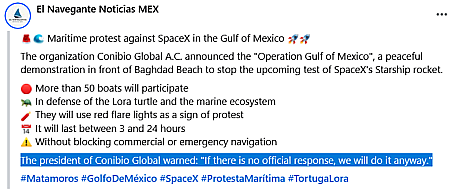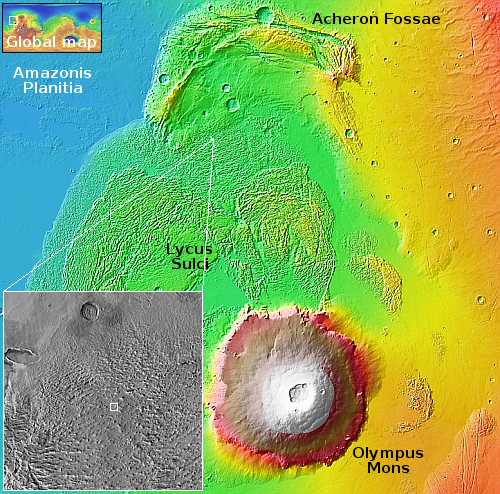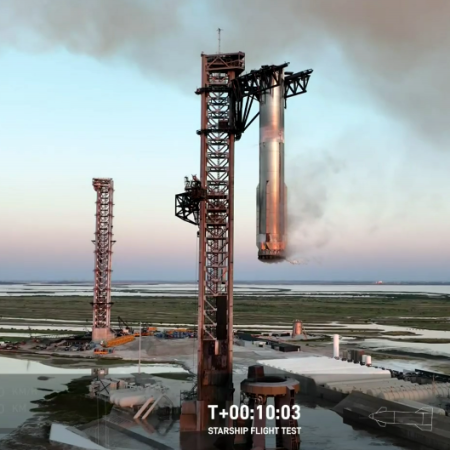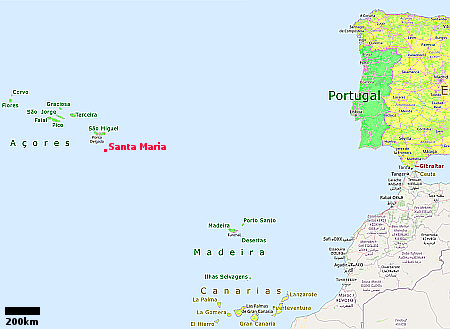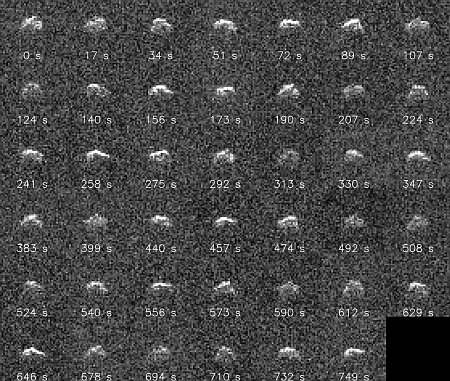Japanese rocket startup Interstellar signs five customers for first orbital launch
The Japanese rocket startup Interstellar, which is being backed largely by Toyota, has announced that it has gotten five customer payloads for the first orbital launch of its Zero rocket.
This milestone mission will include cubesats from four organizations, Ocullospace, Wolfpack, Osaka Metropolitan University and Tokyo City University, and a fifth participant, DALRO Aerospace, that will supply the separation system for the universities’ cubesats. These 5 customers have already signed each a Launch Service Agreement with Interstellar. This launch highlights Interstellar’s growing global partnerships and commitment to expanding access to orbit.
These payloads are typical for a first launch. Three of these payloads are for educational institutions, while the remaining two are smallsat startups that have not launched yet, with one supported by the South Korean government. None have much money, so are willing to take the risk of a first launch.
As for when that first launch will take place, this is unclear. The company had previously targeted a launch in 2025, but based on the present status, this seems highly unlikely. The company itself was largely inactive from 2018 (when it did some suborbital test launches) until this year (when both Toyota and the Japanese government stepped in to provide financing). Expect it therefore to take time to get back into operation.
The Japanese rocket startup Interstellar, which is being backed largely by Toyota, has announced that it has gotten five customer payloads for the first orbital launch of its Zero rocket.
This milestone mission will include cubesats from four organizations, Ocullospace, Wolfpack, Osaka Metropolitan University and Tokyo City University, and a fifth participant, DALRO Aerospace, that will supply the separation system for the universities’ cubesats. These 5 customers have already signed each a Launch Service Agreement with Interstellar. This launch highlights Interstellar’s growing global partnerships and commitment to expanding access to orbit.
These payloads are typical for a first launch. Three of these payloads are for educational institutions, while the remaining two are smallsat startups that have not launched yet, with one supported by the South Korean government. None have much money, so are willing to take the risk of a first launch.
As for when that first launch will take place, this is unclear. The company had previously targeted a launch in 2025, but based on the present status, this seems highly unlikely. The company itself was largely inactive from 2018 (when it did some suborbital test launches) until this year (when both Toyota and the Japanese government stepped in to provide financing). Expect it therefore to take time to get back into operation.

